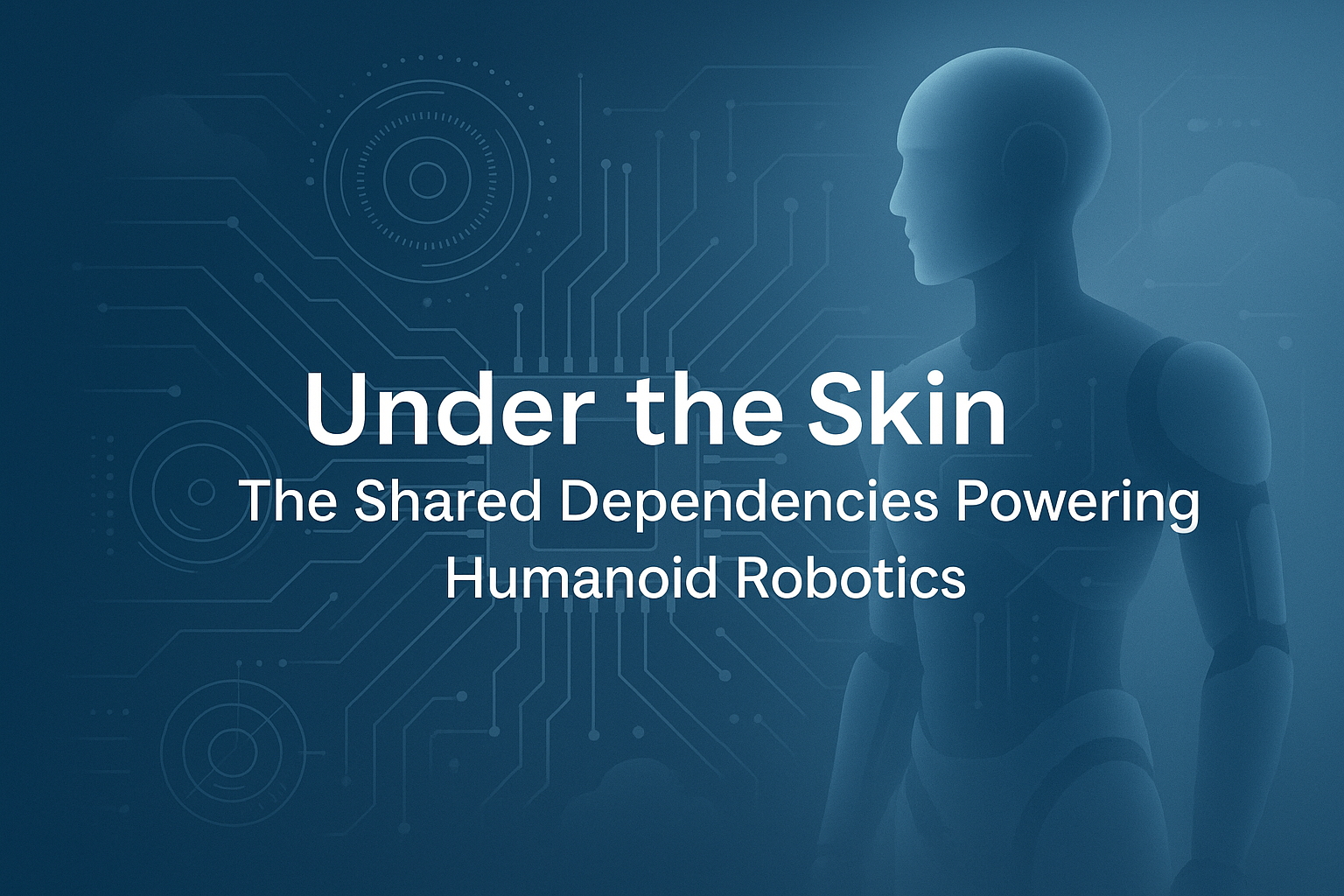Humanoid robots are stepping out of science fiction and into factories, warehouses, and homes. Behind every polished demo and elegant design lies a network of critical dependencies—chips, sensors, materials, cloud infrastructure, and software. These invisible foundations determine which companies will succeed, making humanoid robotics as much a supply-chain story as a technology revolution.
Silicon Brains: Powering Cognition and Perception
At the core of every humanoid robot lies sophisticated silicon hardware. Advanced CPUs, GPUs, dedicated neural processing units (NPUs), and integrated systems-on-chip (SoCs) work seamlessly to support vision, motion planning, and real-time decision-making. Robotics-specific processors from firms like Nvidia enable robots to rapidly interpret vast data streams. To complement powerful onboard computing, cloud and edge services deliver regular AI model updates and remote processing, balancing local speed with centralized scale. Mastering this hybrid computing model is essential for humanoids to continuously learn without burdening their internal resources.
Muscle and Skeleton: Materials and Actuation
Humanoid robots depend heavily on precision actuation systems—servo motors, electric actuators, and harmonic drives—that convert code into graceful, human-like movement. Structural materials are equally vital. Lightweight, durable composites and advanced polymers form the frames, while innovative "robotic materials," embedded with sensors or thermal management features, serve dual purposes. Companies investing in vertically integrated designs—such as proprietary motors and custom-manufactured components—gain strategic advantages in performance, durability, and efficiency.
Eyes, Ears, and Touch: The World of Sensors
Humanoid robots navigate and interact with their environments through sophisticated sensor arrays. High-resolution cameras, LiDAR systems, ultrasonic distance sensors, inertial measurement units (IMUs), and tactile sensors combine to create a comprehensive perception suite. Artificial intelligence integrates these sensory inputs into coherent, real-time representations of the robot’s surroundings, enabling precise movements, balance, and nuanced interactions. As sensor technology advances, multi-sensor redundancy increasingly becomes critical not only for performance but also for safety and reliability.
Lifeblood: Energy and Power Management
Efficient energy management is fundamental to robot autonomy. Robotics-grade battery packs must deliver high current, maintain safety, and minimize weight. Advanced battery chemistries and intelligent power management systems allocate energy dynamically between processors, actuators, and sensors, extending operation time and reducing downtime. Innovations in battery technology, such as solid-state chemistries and quick-swappable packs, will significantly broaden the practical applications of humanoids in logistics and beyond.
The Software Nerve Center: Algorithms and Platforms
Software acts as the essential connective tissue, coordinating the robot’s complex systems into coherent, purposeful action. Real-time operating systems, motion planning algorithms, and AI-driven learning platforms enable robots to carry out intricate tasks efficiently. Middleware handles everything from basic movements to complex interactions, while cloud-connected fleet management systems oversee updates, diagnostics, and continuous improvement through data-driven insights. Ultimately, software will define competitive advantage, allowing robots to evolve from isolated devices into collaborative fleets.
Supply Chains and Geopolitics: Navigating Complexity
Global supply chains underpin many of these critical components, from rare-earth magnets and high-end circuit boards to AI accelerators. Geopolitical tensions are reshaping these dependencies, prompting robotics firms to reconsider sourcing strategies and invest in localized or diversified production. Governments increasingly leverage policies, subsidies, and restrictions to secure essential technologies domestically, influencing the strategic landscape and requiring robotics companies to adapt quickly.
Investing Beyond Robots: Focusing on the Enablers
While the spotlight shines on humanoid robots, the real investment opportunities lie deeper within their enabling technologies. Companies specializing in semiconductor manufacturing, precision actuators, advanced materials, sensor technologies, and cloud infrastructure will benefit significantly as humanoid robotics mature. Firms capable of integrating multiple elements from hardware to software, and from perception systems to power management are best positioned for sustained growth and higher margins.
Capturing the Future
The humanoid robotics revolution is fundamentally about integration and dependencies. Successful players will be those who master the critical interconnections between computing power, materials science, sensor technology, energy management, and sophisticated software. Investors who understand this interconnected ecosystem and strategically position themselves within its essential components will capture outsized rewards as humanoids transition from experimental novelties into mainstream essentials.
